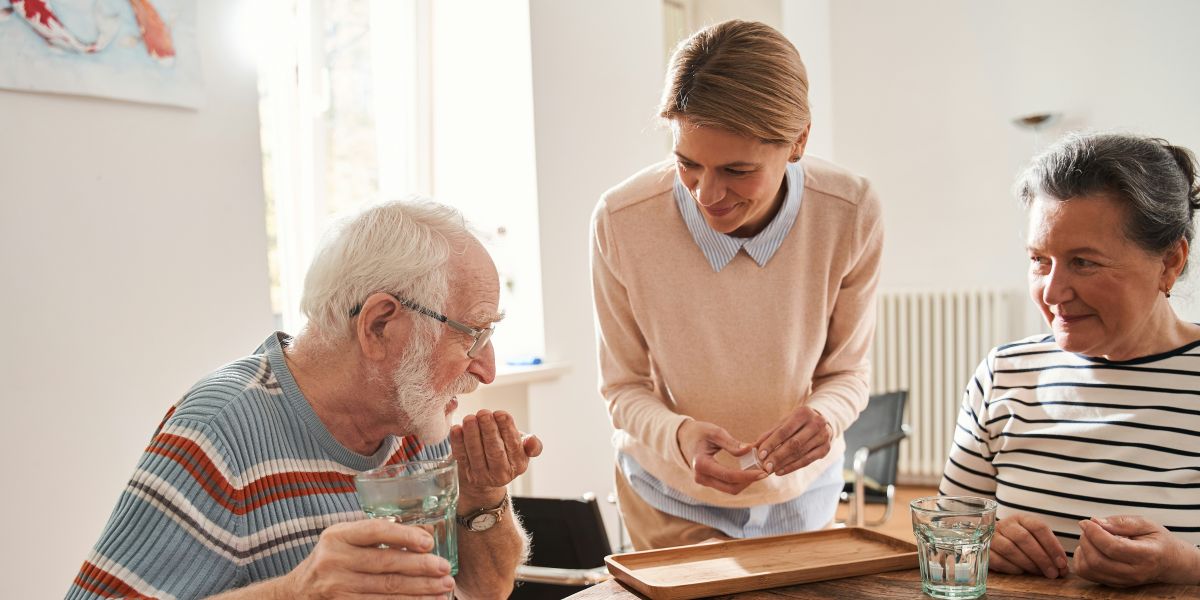NEW YORK GUIDE – With the restaurants reopening, you may think it is safe to eat out again. Not exactly. But there are ways to make it safer.
New Yorkers like me have been eating quick bites in the city for months and have recently even started dining at home.
It can be a frightening and stressful experience, especially in a city where the coronavirus killed more than 500 people a day at its peak in April. But sometimes you long for dinner.
If you want to do it, follow the advice of a New Yorker. Here are the tips to keep you safe:
1. Consider whether it is necessary to eat out
After months of lockdown, you may want to grab a bite to eat with friends.
I understand perfectly. The stay-at-home order from New York took 78 days – the longest in the country. When it was discontinued, city dwellers flocked to parks and other public spaces.
But eating out is risky, especially now that we’re in the middle of an autumn wave in the cases. And it can be especially dangerous for those who are immunocompromised or live with people who are.
“Ultimately, there is always a risk of eating in a restaurant right now,” Dr. Stephen Berger, an infectious disease expert, and co-founder of the Global Network of Infectious Diseases and Epidemiology.
He suggests, “think twice before going to the restaurant”. And if you live in a big city, do it “three times”.
If you still want to go, take all possible measures to protect your health and safety.
2. Call ahead to avoid crowds
If you decide to eat out, call ahead to make sure it isn’t crowded, and the restaurant is following proper social distancing rules.
I learned to avoid peak days and times, like Friday dinner and Sunday brunch. Where possible, I also make reservations to avoid unnecessary exhibits while waiting for an available table in the restaurant or fast food.
On Friday, people dine al fresco at Tony’s Di Napoli in Times Square as part of Times Square’s Taste.
Many local governments have established occupancy limits for indoor dining. In New York, it is 25%.
However, not all restaurants follow the rules. If you find yourself in one that seems too crowded, pay the bill and go.
“I think it’s up to the people who eat out to consider the places they visit, and if the tables are just two inches away and you see everything not being cleaned properly, don’t go sitting,” says Demetria Lewis, a bartender at Interboro Spirits & Ales in Brooklyn, which is taking security measures such as strengthening social distancing, cleaning up between each customer and limiting group size.
3. Learn about their security protocols
Ask about their security precautions while you have the restaurant host on the phone, educate yourself about their security measures.
The genuinely observant ones will handle temperature controls, regularly sanitize tables and doorknobs, apply face masks, and even keep track of customer records for contact tracking.
“A good tip is just to ask the restaurant you’re visiting what they’re doing,” said Kirsten Kilburn, bartender, and waiter at the Smith in Manhattan, who installed front wash stations and plexiglass among the in-house diners, among others. measures. “Call them up and ask them what they have implemented for security since the reopening and what their protocol is. Not knowing is the worst, so having a little more understanding can be comforting. “
As a general rule, I avoid locals who cannot answer basic questions about what they do to ensure diners’ safety and health.
4. Choose to sit outside if possible
Many restaurants offer indoor and outdoor seating. When presented with the option, I choose to sit outside. Health experts say it is best to stay outdoors, where the virus can spread in the air.
Of course, as winter approaches, it may not be comfortable, especially in New York City, where the temperature often drops below freezing.
To make alfresco dining more enjoyable, The Smith plans to install heaters and even provide blankets for guests, Kilburn said.
5. Bring your hand sanitizer and Hand Wipes
Many restaurants have installed hand sanitation stations. But you cannot always count on them to be full.
I suggest that you bring your hand sanitizer and wipes and use them to clean your table, chairs, and even cutlery.
It’s also a good idea to dry your hands after touching the menu or coming back from the bathroom.
Although many restaurants are vigilant about disinfection, it never hurts to be especially careful.
6. Put on your face mask
It is essential to wear a face mask whenever you are in a restaurant and not eat or drink.
I let mine hang right under my chin so I can quickly get it on and take it off whenever a waiter or other restaurant approaches my table. This is required in some New York restaurants; this is mandatory.
It’s also a good idea to keep in contact with servers, for your safety and theirs.
“I’ve spent a lot of time thinking of how people can help the people serving them minimize the table touches,” Lewis said.
“Dining is less personable than it was before, and that sucks, but ordering together instead of one at a time, being mindful of someone carrying things like dirty dishes from another table and waiting until they’ve gotten to clean their hands of that interaction before ordering your next drink is important.”








